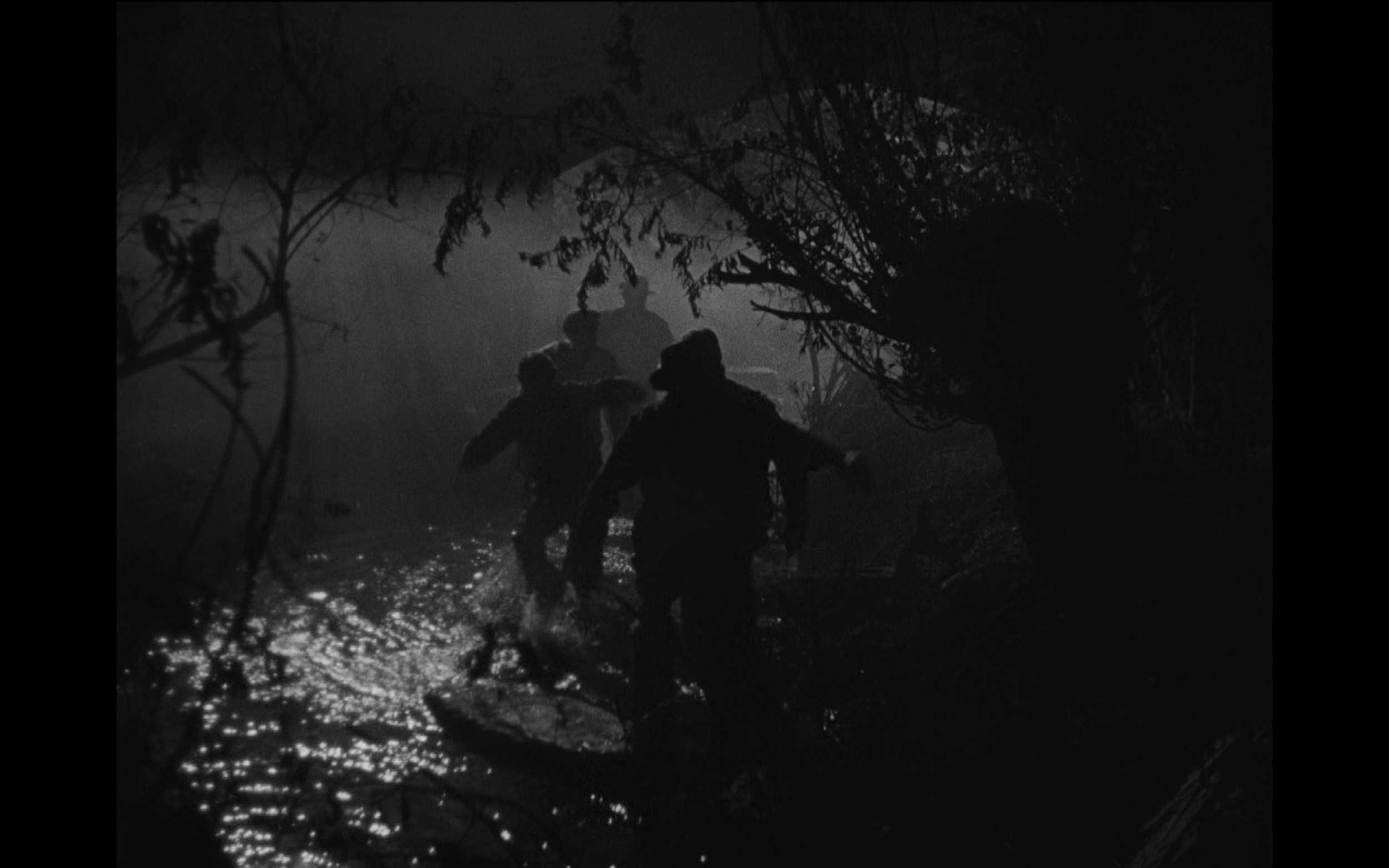The Grapes of Wrath (1940)
It was only a matter of time before I wrote about John Ford’s “The Grapes of Wrath.” It’s a cinematic triumph that blends heart wrenching storytelling with groundbreaking visuals. Based on John Steinbeck’s novel, the film captures the struggles of the Joad family during the Great Depression, making it as emotionally resonant today as it was over 80 years ago. With Gregg Toland’s innovative cinematography and Ford’s masterful direction, it’s no wonder this film remains a cornerstone of American cinema and a staple in film schools.
Gregg Toland’s cinematography is creative and imaginative. Every time I see his work I wonder if this guy is the greatest cinematographer ever. His use of deep focus creates frames packed with visual and emotional layers. Even in static scenes, like Ma Joad quietly packing up her home, there’s always something to draw your eye. Toland would later perfect this technique in “Citizen Kane,” but his work here is nearly as stunning. The way he uses light and shadow to emphasize the Joads’ bleak reality gives the film a haunting, almost poetic quality.
For John Ford, this film was a turning point. Known for his sweeping Westerns, Ford shifted gears to tackle social realism. It came at a critical time. America was still reeling from the Great Depression, and World War II loomed on the horizon. Ford doesn’t sugarcoat the hardships faced by migrant workers, but he also finds glimmers of hope in their resilience. It’s a deeply human story that reflects an America struggling to find its footing in uncertain times.
Released just before America entered World War II, the film carries undertones that resonate with global conflict and the struggle for justice. The Joads’ fight against oppression mirrors broader themes of resistance against authoritarian forces, much like Steinbeck’s later works inspired wartime resistance movements. The film also reflects fears about economic instability still fresh from the Great Depression, capturing an America on the cusp of transformation.
The parallels between this film and modern issues are fairly obvious. The Joads’ journey west mirrors the struggles of today’s migrant workers, who often face exploitation and hostility. In 2025, political discourse around immigration still brims with xenophobia, with claims that migrants are “stealing American jobs.” Just like in the film, these narratives ignore the systemic forces driving inequality and dehumanize people fighting for survival.
Henry Fonda’s performance as Tom Joad is unforgettable. He brings a quiet intensity to the role, making Tom both relatable and inspiring. Fonda’s delivery of Tom’s famous “I’ll be there” speech, where he vows to fight for justice wherever it’s needed, feels like a rallying cry for the underdog. This role didn’t just earn him an Oscar nomination, it cemented him as one of Hollywood’s most compelling actors.
One of the film’s most powerful themes is freedom versus entrapment. The Joads head west dreaming of opportunity but end up trapped in near-slavery on fruit picking farms. These scenes are gut wrenching, showing how systems of power exploit vulnerable people. Ford captures this tension beautifully, making you feel both the weight of their struggle and their unyielding hope.
This is an experience that stays with you long after the credits roll. Its themes of resilience, justice, and human dignity are timeless, resonating just as strongly today as they did in 1940. With Toland’s stunning visuals, Ford’s empathetic direction, and Fonda’s career defining performance, this film remains a masterpiece that speaks to every generation.








